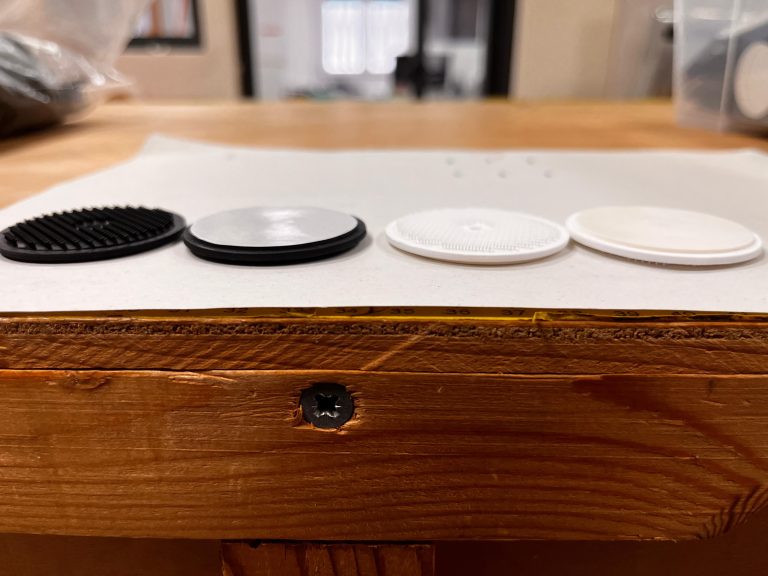 The broadcasts used in satellite navigation systems cannot penetrate much underwater: unmanned submarine vehicles lack a system to properly determine their position under the surface of the oceans.
The broadcasts used in satellite navigation systems cannot penetrate much underwater: unmanned submarine vehicles lack a system to properly determine their position under the surface of the oceans.
The Defense Advanced Research Projects Agency is to develop an underwater system called Posydon (Positioning System for Deep Ocean Navigation) based on underwater sound broadcasts to let submarines determine their own position without having to be back on the surface.
“By measuring the absolute range to multiple source signals, an undersea platform can obtain continuous, accurate positioning without surfacing for a GPS fix”.
Submarine drones have already been used for clearing underwater mines, oil and gas exploration and other types of underwater surveys and scientific applications.
Geoff Edelson, director of maritime systems and technology at BAE Systems, which is also working on the project, outlined that technologies allowing for submarine positioning without surfacing already exist. However, they are often expensive and energy-consuming. “For unmanned vehicles, power and energy is at a premium,” says Edelson. “If they’re using up all their power and energy to navigate, that doesn’t really help them in performing their mission.” Submarine drones could use a system like Posydon to hold accurate positions for longer and potentially conduct their own missions more efficiently.
The Posydon system, in short, will be a network of sound-emitting devices placed underwater to cover wide areas of the sea. Submarine vehicles will determine their distance from multiple devices and triangulate their own positions.
“[The devices will be] placed somewhere in the water column at a depth that is good for that part of the ocean,” Edelson says. “That’s based on the propagation properties of the ocean in those local areas.”
The sound signal has yet to be developed: it will have to be resistant to spoofing and jamming for security purposes. Compared to the GPS broadcasts, which move on straight-line paths, developing underwater sound transmissions will be far more challenging, as that kind of broadcasts moves more indirectly.
“When you put sound in the ocean, it goes over a very complicated, time-variant path,” Edelson says. “To be able to understand that and then determine what the actual range was from these very complicated path structures is what makes this problem pretty hard.”
Real-world tests and computer simulations will be used simultaneously during the first two phases of the project. Researchers expect to test real-time distance measurements using a single-transmitter system within 30 months, and then to develop a larger prototype with multiple transmitters.
The BAE Systems team, together with researchers at the Massachusetts Institute of Technology, the University of Washington, and the University of Texas, plans to keep the computational requirements of receiver systems low, so they can be used without having to significantly boost the processing power of existing submarines.

Sun & Shade: Innovative Cushion Coupling Systems for Marine Upholstery
Sun & Shade is a specialist in upholstery and technical coverings, with






